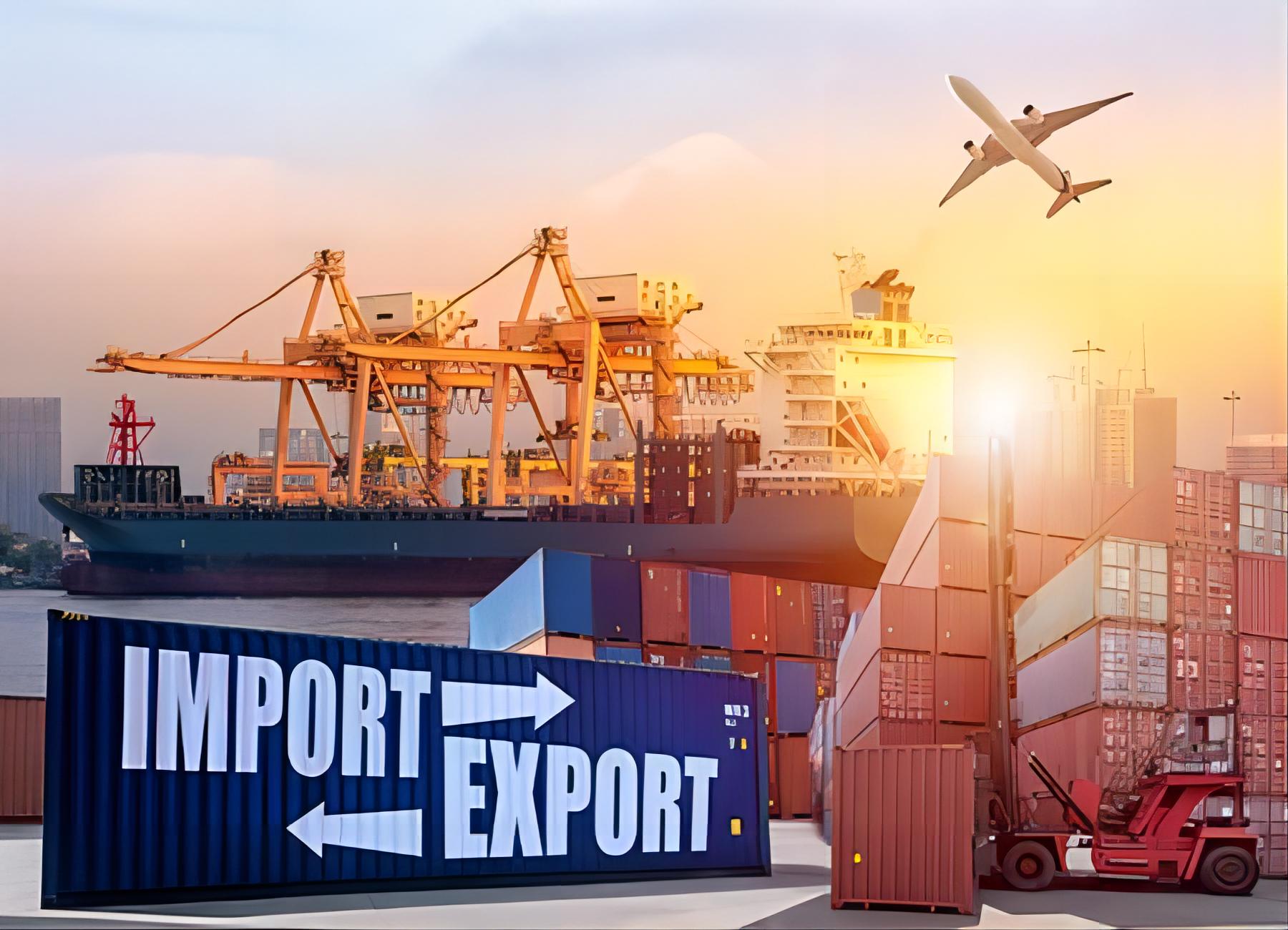When planning to ship goods from China to Italy, many shippers are often surprised by the costs involved and wonder: why is it so expensive to ship from China to Italy? Several factors contribute to the high shipping expenses on this route. This article will break down these elements, helping you understand the reasons behind the costs and make more informed decisions for your shipping needs.
1. Distance and Transportation Costs
Long – Haul Route
The vast distance between China and Italy means that shipping goods requires covering a long – haul route. Whether by sea, air, or rail, the extended journey increases fuel consumption, crew costs, and maintenance expenses for carriers. For example, a sea freight container traveling from Shanghai to Genoa must traverse the Mediterranean Sea and Indian Ocean, significantly driving up transportation costs.
Multiple Transit Points
Shipping routes often involve multiple transit points, especially for sea and rail freight. Each stop adds handling fees, storage costs, and potential delays, all of which contribute to the overall expense. These additional costs accumulate and make shipping from China to Italy more expensive.
2. Shipping Method – Specific Expenses
Air Freight
Air freight is the fastest but most expensive option. Airlines have high operating costs, including aircraft maintenance, fuel for flights, and crew salaries. Additionally, the limited cargo capacity of planes compared to ships means that the cost per kilogram is higher. Shipping high – value or time – sensitive goods via air from China to Italy can result in substantial expenses.
Sea Freight (Despite Being Cheaper than Air)
While sea freight is generally more cost – effective than air freight, it still incurs significant costs. Large container ships require massive amounts of fuel, and port fees at both Chinese and Italian ports are substantial. Moreover, for less – than – container – load (LCL) shipments, additional consolidation and de – consolidation charges apply, increasing the overall cost.
3. Fuel Price Fluctuations
Global Oil Prices
Fuel is a major expense for shipping. Fluctuations in global oil prices directly impact shipping costs. When oil prices rise, carriers pass on the increased fuel costs to shippers through fuel surcharges. As China – Italy shipping routes cover long distances, the impact of fuel price hikes on the total shipping cost is more pronounced.
Environmental Regulations
Stricter environmental regulations also play a role. Carriers must use cleaner – burning fuels to comply, which are often more expensive. These additional fuel costs are factored into the shipping rates, contributing to the overall high expense of shipping from China to Italy.
4. Customs and Regulatory Fees
Import Duties and Taxes
Goods imported into Italy are subject to import duties and taxes. The amount varies depending on the type of goods, their value, and applicable trade agreements. Calculating these accurately is complex, and shippers must factor in these costs, which can significantly increase the total shipping expense.
Documentation and Compliance
Both China and Italy have strict documentation requirements for shipping. Ensuring compliance with regulations and preparing accurate documents requires time and resources. Freight forwarders may charge fees for assisting with documentation, adding to the overall cost of shipping.
5. Market Demand and Seasonality
High Demand Periods
During peak seasons, such as before major holidays or shopping festivals in China or Italy, the demand for shipping surges. With limited cargo space available, carriers can increase their rates. This high – demand situation drives up the cost of shipping from China to Italy during specific times of the year.
Capacity Constraints
Sometimes, capacity constraints due to vessel shortages or flight cancellations can also lead to price increases. When there is less available space for shipping, shippers compete for the remaining slots, causing carriers to raise their prices.
In conclusion, understanding why is it so expensive to ship from China to Italy requires looking at various factors. At China Top Freight, we strive to help our clients navigate these cost – driving elements. Our experienced team negotiates with carriers to secure competitive rates, leverages our network to optimize routes, and assists with customs documentation to avoid unnecessary fees. We stay updated on market trends and fuel price fluctuations to provide the most cost – effective shipping solutions. Whether you’re shipping small – scale or large – volume goods, trust China Top Freight to reduce your shipping costs while ensuring reliable and timely delivery. Contact us today to discuss your shipping needs and discover how we can make shipping from China to Italy more affordable for you!


